Anti-EGFR (J2898A)-SMCC-DM1 ADC (IMGN289)
CAT#: ADC-L016
This ADC product is composed of an anti-EGFR antibody (clone J2898A) conjuagated via a SMCC linker to DM1 (J2898A-SMCC-DM1). It has demonstrated a response in solid tumors and glioblastoma treatment by a MOA (Mechanism of Action) of Depolymerize Microtubules.









Specifications
- Antibody Overview
- Humanized antibodies J2898A (Anti-EGFR)
- Clone
- J2898A
- Antibody Conjugation
- Humanized
- Linker
- SMCC (N-succinimidyl 4-(Nmaleimidomethyl)cyclohexane-1-carboxylate)
- Linker Class/Description
- Noncleavable linker is considered noncleavable-meaning linker cleavage, and payload release does not depend on the differential properties between the plasma and some cytoplasmic compartments. Instead, the release of the cytotoxic drug is postulated to occur after internalization of the ADC via antigen-mediated endocytosis and delivery to lysosomal compartment, where the antibody is degraded to the level of amino acids through intracellular proteolytic degradation.
- Drug
- DM1 (N2'-Deacetyl-N2'-(3-mercapto- 1-oxopropyl)maytansine)
- Drug Class/Description
- Class: Maytansinoid
Description: Maytansinoids are a group of cytotoxins structurally similar to rifamycin, geldanamycin, and ansatrienin. The eponymous natural cytotoxic agent maytansine is a 19-member lactam (ansa
macrolide) structure originally isolated from the Ethiopian shrub Maytenus ovatus. Maytansinoids can bind to tubulin at or near the vinblastine-binding site, which interfere the formation of microtubules and depolymerize already formed microtubules, inducing mitotic arrest in the intoxicated cells.
Target
- Introduction
- The protein encoded by this gene is a transmembrane glycoprotein that is a member of the protein kinase superfamily. This protein is a receptor for members of the epidermal growth factor family. EGFR is a cell surface protein that binds to epidermal growth factor. Binding of the protein to a ligand induces receptor dimerization and tyrosine autophosphorylation and leads to cell proliferation. Mutations in this gene are associated with lung cancer. Multiple alternatively spliced transcript variants that encode different protein isoforms have been found for this gene.
- Alternative Names
- ERBB; HER1; mENA; ERBB1; PIG61; NISBD2
- Gene ID
- 1956
- UniProt ID
- P00533
Customer Review
There are currently no Customer reviews or questions for ADC-L016. Click the button above to contact us or submit your feedback about this product.
Submit Your Publication
Published with our product? Submit your paper and receive a 10% discount on your next order! Share your research to earn exclusive rewards.
Related Diseases
Related Signaling Pathways
Downloadable Resources
Download resources about recombinant antibody development and antibody engineering to boost your research.
Datasheet
MSDS
COA
Certificate of Analysis LookupTo download a Certificate of Analysis, please enter a lot number in the search box below. Note: Certificate of Analysis not available for kit components.
See other products for "Clone J2898A"
- CAT
- Product Name
See other products for "EGFR"
Select a product category from the dropdown menu below to view related products.
| CAT | Product Name | Application | Type |
|---|---|---|---|
| TAB-750 | Anti-EGFR/HER1 Recombinant Antibody (TAB-750) | Neut, ELISA, IF, IP, FuncS, FC, WB | IgG1 - kappa |
| TAB-H49 | Anti-Human EGFR Recombinant Antibody (Modotuximab) | FuncS, IF, Neut, ELISA, FC, IP, IHC | IgG1 - kappa |
| TAB-0225CL-F(E) | Human Anti-EGFR Recombinant Antibody; Fab Fragment (TAB-0225CL-F(E)) | Block, Inhib, FuncS, Apop, In vivo | Chimeric (Mouse/Human) Fab |
| TAB-272MZ | Human Anti-EGFR Recombinant Antibody (TAB-272MZ) | FuncS | Chimeric (mouse/human) IgG |
| TAB-272MZ-S(P) | Mouse Anti-EGFR Recombinant Antibody; scFv Fragment (TAB-272MZ-S(P)) | FuncS | Mouse scFv |
| CAT | Product Name | Application | Type |
|---|---|---|---|
| TAB-753 | Anti-EGFR Recombinant Antibody (Imgatuzumab) | Neut, ELISA, IF, IP, FuncS, FC, WB | IgG1 - kappa |
| TAB-297MZ | Anti-Human EGFR Recombinant Antibody (H225) | ELISA, WB | Humanized antibody |
| TAB-298MZ | Anti-Human EGFR Recombinant Antibody (Hu225) | ELISA, WB | Humanized antibody |
| TAB-300MZ | Human Anti-EGFR Recombinant Antibody (TAB-300MZ) | ELISA | Humanized IgG |
| PABX-051-S (P) | Recombinant Mouse Anti-EGFR Antibody scFv Fragment (Matuzumab) | WB, Neut, FuncS | scFv |
| CAT | Product Name | Application | Type |
|---|---|---|---|
| PFBW-088 | Mouse Anti-EGFR Recombinant Antibody (clone 7A7); Fab Fragment | ELISA, WB | Mouse Fab |
| PSBW-088 | Mouse Anti-EGFR Recombinant Antibody (clone 7A7); scFv Fragment | ELISA, WB | Mouse scFv |
| TAB-477CQ | Human Anti-EGFR Recombinant Antibody (clone Laprituximab) | ELISA, IHC, FC, IP, IF, WB | Chimeric (mouse/human) IgG1, κ |
| MOB-052LC | Mouse Anti-EGFR Recombinant Antibody (clone 7H7) | WB, IP | Mouse IgG |
| MOB-053LC | Mouse Anti-EGFR Recombinant Antibody (clone B11) | ELISA, IF, IP, WB | Mouse IgG |
| CAT | Product Name | Application | Type |
|---|---|---|---|
| PSBZ-039 | Mouse Anti-EGFR Recombinant Antibody (clone mAb528); scFv Fragment | FC | Mouse scFv |
| PSBW-039 | Mouse Anti-EGFR Recombinant Antibody scFv Fragment (PSBW-039) | Block | Mouse scFv |
| PSBC-040 | Human Anti-EGFR Recombinant Antibody (clone MR1); scFv Fragment | Block | Human scFv |
| HPAB-0010-YC-S(P) | Mouse Anti-EGFR Recombinant Antibody (clone L211C); scFv Fragment | ELISA, FC | Mouse scFv |
| HPAB-0011-YC-S(P) | Human Anti-EGFR Recombinant Antibody (clone Pep 1); scFv Fragment | FC | Human scFv |
| CAT | Product Name | Application | Type |
|---|---|---|---|
| TAB-270MZ | Human Anti-EGFR Recombinant Antibody (TAB-270MZ) | ELISA | Human antibody |
| TAB-278MZ | Human Anti-EGFR Recombinant Antibody (TAB-278MZ) | Cyt, ELISA, Inhib | Human IgG |
| TAB-279MZ | Human Anti-EGFR Recombinant Antibody (TAB-279MZ) | Cyt, ELISA, Inhib | Human IgG |
| TAB-282MZ | Human Anti-EGFR Recombinant Antibody (TAB-282MZ) | Cyt, FuncS, Inhib | Human IgG |
| TAB-283MZ | Human Anti-EGFR Recombinant Antibody (TAB-283MZ) | Cyt, FuncS, Inhib | Human IgG |
| CAT | Product Name | Application | Type |
|---|---|---|---|
| TAB-273MZ-F(E) | Mouse Anti-EGFR Recombinant Antibody; Fab Fragment (TAB-273MZ-F(E)) | FC | Mouse Fab |
| TAB-275MZ-F(E) | Mouse Anti-EGFR Recombinant Antibody; Fab Fragment (TAB-275MZ-F(E)) | FC | Mouse Fab |
| TAB-276MZ-F(E) | Anti-Human EGFR Recombinant Antibody Fab Fragment (LA1) | MTT assay | |
| TAB-277MZ-F(E) | Anti-Human EGFR Recombinant Antibody Fab Fragment (LA22) | MTT assay | |
| TAB-281MZ-F(E) | Mouse Anti-EGFR Recombinant Antibody; Fab Fragment (TAB-281MZ-F(E)) | WB, IF, IHC | Mouse Fab |
| CAT | Product Name | Application | Type |
|---|---|---|---|
| TAB-015MZ-VHH | Anti-Human EGFR Recombinant Antibody (TAB-015MZ-VHH) | sELISA | Single domain antibody |
| TAB-016MZ-VHH | Anti-Human EGFR Recombinant Antibody (TAB-016MZ-VHH) | sELISA | Single domain antibody |
| HPAB-1844-FY | Camelid Anti-EGFR Recombinant Single Domain Antibody (HPAB-1844-FY) | ELISA | Camelid VHH |
| HPAB-0705-YJ-VHH | Camelid Anti-EGFR Recombinant Single Domain Antibody (HPAB-0705-YJ-VHH) | ELISA, In vivo staining | Camelid VHH |
| HPAB-0706-YJ-VHH | Camelid Anti-EGFR Recombinant Pentamer Single Domain Antibody (HPAB-0706-YJ-VHH) | ELISA, In vivo staining | Camelid Penta-VHH |
| CAT | Product Name | Application | Type |
|---|---|---|---|
| Gly-055LC | Recombinant Anti-Human EGFR Antibody (Fc glycosylation/High-mannose glycosylated) | ELISA | Chimeric antibody (mouse/human) |
| Gly-144LC | Recombinant Anti-Human EGFR Antibody (Fc glycosylation) | ELISA | Humanized antibody |
| CAT | Product Name | Application | Type |
|---|---|---|---|
| Gly-055LC-1 | Recombinant Anti-Human EGFR Antibody (Fc glycosylation/High-mannose glycosylated) | ELISA | Chimeric antibody (mouse/human) |
| CAT | Product Name | Application | Type |
|---|---|---|---|
| Gly-167LC | Recombinant Anti-Human EGFR Antibody (Non-glycosylated) | ELISA | Human antibody |
| CAT | Product Name | Application | Type |
|---|---|---|---|
| BRD-0183MZ | Chicken Anti-EGFR Polyclonal IgY | WB | Chicken antibody |
| CAT | Product Name | Application | Type |
|---|---|---|---|
| MHC-LC773 | A*0201/Human EGFR (YLNTVQPTCV) MHC Tetramer | FCM | |
| MHC-LC4545 | PE-DQB1*03:02/Human EGFR (SRALEEKKGNYVVTHG) MHC Tetramer | FCM |
| CAT | Product Name | Application | Type |
|---|---|---|---|
| NEUT-722CQ | Rabbit Anti-EGFR Recombinant Antibody (clone CBL1011) | Neut | Rabbit IgG |
| NEUT-723CQ | Mouse Anti-EGFR Recombinant Antibody (clone CBL931) | WB, IP, IHC, ICC, Neut | Mouse IgG1 |
| NEUT-724CQ | Rabbit Anti-EGFR Recombinant Antibody (NEUT-724CQ) | IF, FC, WB, IP, Neut | Rabbit IgG |
| CAT | Product Name | Application | Type |
|---|---|---|---|
| MOR-1101 | Hi-Affi™ Rabbit Anti-EGFR Recombinant Antibody (clone DS1101AB) | IHC-P | Rabbit IgG |
| MOR-4570 | Hi-Affi™ Rabbit Anti-EGFR Recombinant Antibody (clone TH82DS) | ELISA | Rabbit IgG |
| MOR-4571 | Hi-Affi™ Rabbit Anti-EGFR Recombinant Antibody (clone TH83DS) | WB, IF, ICC, FC | Rabbit IgG |
| MOR-4675 | Hi-Affi™ Rabbit Anti-EGFR Recombinant Antibody (clone TH189DS) | WB, IF, ICC, FC | Rabbit IgG |
| MOR-4676 | Hi-Affi™ Rabbit Anti-EGFR Recombinant Antibody (clone TH190DS) | WB, IF, ICC, FC | Rabbit IgG |
| CAT | Product Name | Application | Type |
|---|---|---|---|
| HPAB-1443LY-F(E) | Human Anti-EGFR Recombinant Antibody (clone P1X); Fab Fragment | ELISA, WB | Human Fab |
| HPAB-1444LY-F(E) | Human Anti-EGFR Recombinant Antibody (clone P2X); Fab Fragment | ELISA, WB | Human Fab |
| HPAB-1445LY-F(E) | Human Anti-EGFR Recombinant Antibody (clone P3X); Fab Fragment | ELISA, WB | Human Fab |
| HPAB-1446LY-F(E) | Human Anti-EGFR Recombinant Antibody (clone 25E); Fab Fragment | ELISA, WB | Human Fab |
| HPAB-2194LY-F(E) | Mouse Anti-EGFR Recombinant Antibody; Fab Fragment (HPAB-2194LY-F(E)) | ELISA, WB | Mouse Fab |
| CAT | Product Name | Application | Type |
|---|---|---|---|
| AFC-TAB-165 | Afuco™ Anti-EGFR ADCC Recombinant Antibody, ADCC Enhanced (AFC-TAB-165) | Neut, ELISA, IF, IP, FuncS, FC | ADCC enhanced antibody |
| AFC-TAB-464CQ | Afuco™ Anti-EGFR ADCC Recombinant Antibody, ADCC Enhanced (AFC-TAB-464CQ) | ELISA, IHC, FC, IP, IF, FuncS | ADCC enhanced antibody |
| AFC-TAB-003 | Afuco™ Anti-EGFR ADCC Recombinant Antibody, ADCC Enhanced (AFC-TAB-003) | IF, IP, Neut, FuncS, ELISA, FC | ADCC enhanced antibody |
| AFC-TAB-040 | Afuco™ Anti-EGFR ADCC Recombinant Antibody, ADCC Enhanced (AFC-TAB-040) | ELISA, FC, IP, FuncS, IF, Neut | ADCC enhanced antibody |
| AFC-TAB-119 | Afuco™ Anti-EGFR ADCC Recombinant Antibody, ADCC Enhanced (AFC-TAB-119) | FC, IP, ELISA, Neut, FuncS, IF | ADCC enhanced antibody |
| CAT | Product Name | Application | Type |
|---|---|---|---|
| VS-0424-XY84 | AbPlus™ Anti-EGFR Magnetic Beads (pSEX81-6) | IP, Protein Purification |
| CAT | Product Name | Application | Type |
|---|---|---|---|
| VS-0924-YC32 | Mouse Anti-EGFR Recombinant Antibody (VS-0924-YC32) - Cancer Stem Cell Marker | IHC, WB | Mouse IgG1 |
| VS-0924-YC35 | Rabbit Anti-EGFR Antibody (VS-0924-YC35) - Cancer Stem Cell Marker | IHC, WB, IF | Rabbit IgG |
| CAT | Product Name | Application | Type |
|---|---|---|---|
| VS-1024-XY177 | Mouse Anti-NHP EGFR Recombinant Antibody (clone 225) | IF, IP | Mouse IgG1 |
| CAT | Product Name | Application | Type |
|---|---|---|---|
| VS-0125-FY28 | Human Anti-EGFR (clone ABT-806) scFv-Fc Chimera | FC, Cyt | Human IgG1, scFv-Fc |
| CAT | Product Name | Application | Type |
|---|---|---|---|
| VS-0225-XY102 | CytoStream™ Mouse Anti-EGFR Recombinant Antibody (VS-0225-XY102) | FC | Mouse IgG1, kappa |
| CAT | Product Name | Application | Type |
|---|---|---|---|
| VS-0325-XY735 | Anti-EGFR Immunohistochemistry Kit | IHC | |
| VS-0525-XY2183 | Anti-Mouse EGFR Immunohistochemistry Kit | IHC | |
| VS-0525-XY2182 | Anti-Human EGFR Immunohistochemistry Kit | IHC |
| CAT | Product Name | Application | Type |
|---|---|---|---|
| VS-0425-YC340 | Recombinant Anti-EGFR Vesicular Antibody, EV Displayed (VS-0425-YC340) | ELISA, FC, Neut, Cell-uptake |
| CAT | Product Name | Application | Type |
|---|---|---|---|
| VS-0525-YC65 | Recombinant Anti-EGFR (AA 269-278 x AA 526-535) Biparatopic Antibody, Tandem scFv (Clone Pep 2 x Clone Pep 3) | FC | Tandem scFv |
| VS-0525-YC66 | Recombinant Anti-EGFR (AA 582-591 x AA 606-614) Biparatopic Antibody, Tandem scFv (Clone Pep 4 x Clone Pep 1) | FC | Tandem scFv |
| VS-0525-YC68 | Recombinant Anti-EGFR (AA 526-535 x AA 600-605) Biparatopic Antibody, Tandem scFv (Clone Pep 3 x Clone Pep 5) | FC | Tandem scFv |
| VS-0525-YC213 | Recombinant Anti-EGFR (Domain II x Domain III) Biparatopic Antibody, Tandem scFv | ELISA, FC, IF, IHC, IP | Tandem scFv |
Popular Products

Application: FuncS, IF, Neut, ELISA, FC, IP, ICC

Application: IF, IP, Neut, FuncS, ELISA, FC, ICC

Application: ELISA, FC, IP, FuncS, IF, Neut, ICC

Application: FuncS, Inhib, IP, ELISA

Application: ELISA, FuncS

Application: ELISA, FC, IHC, Neut

Application: ELISA, FuncS, Neut, IF, WB, EM, Inhib, IHC
For research use only. Not intended for any clinical use. No products from Creative Biolabs may be resold, modified for resale or used to manufacture commercial products without prior written approval from Creative Biolabs.
This site is protected by reCAPTCHA and the Google Privacy Policy and Terms of Service apply.












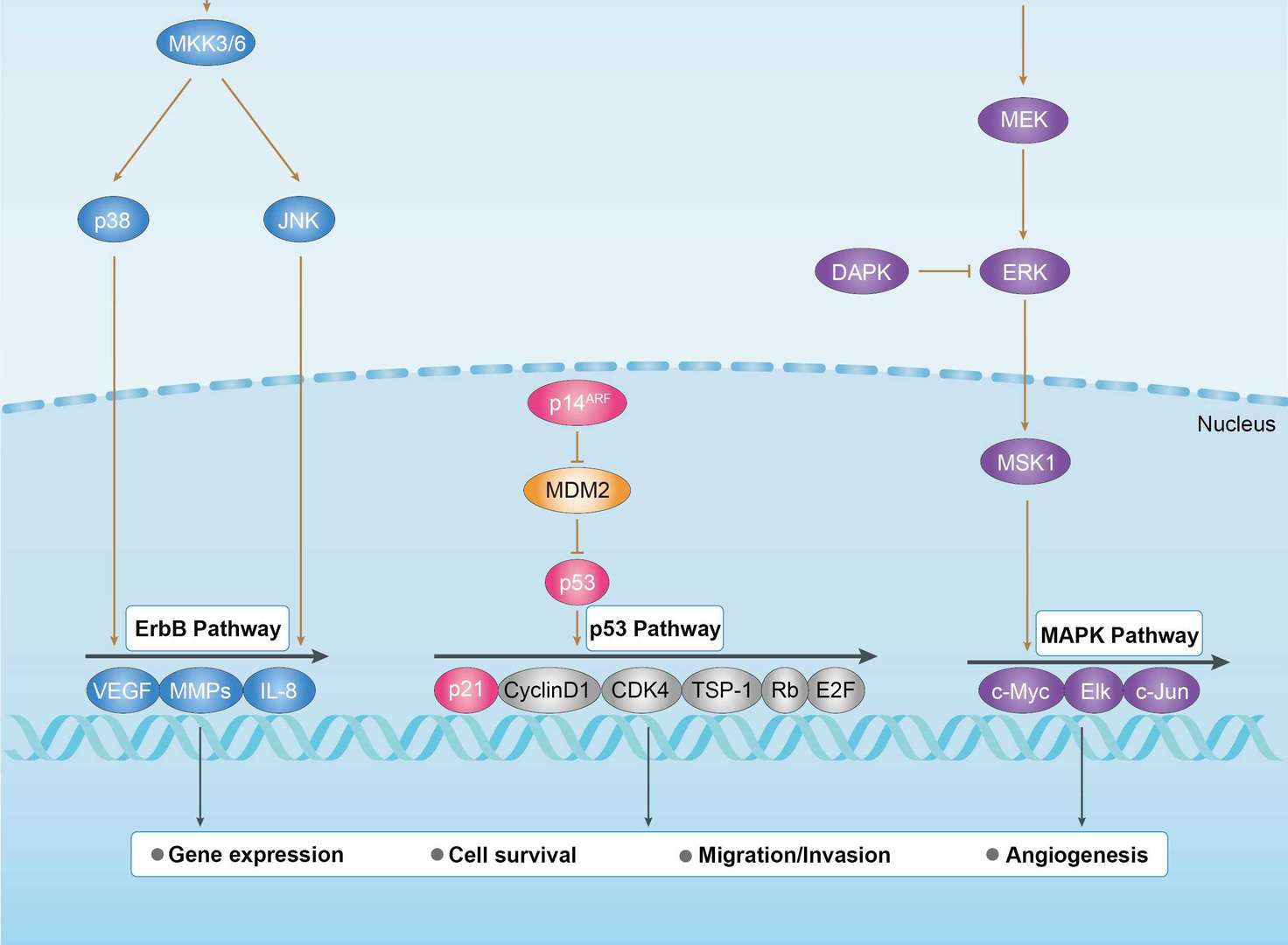 Bladder Cancer
Bladder Cancer
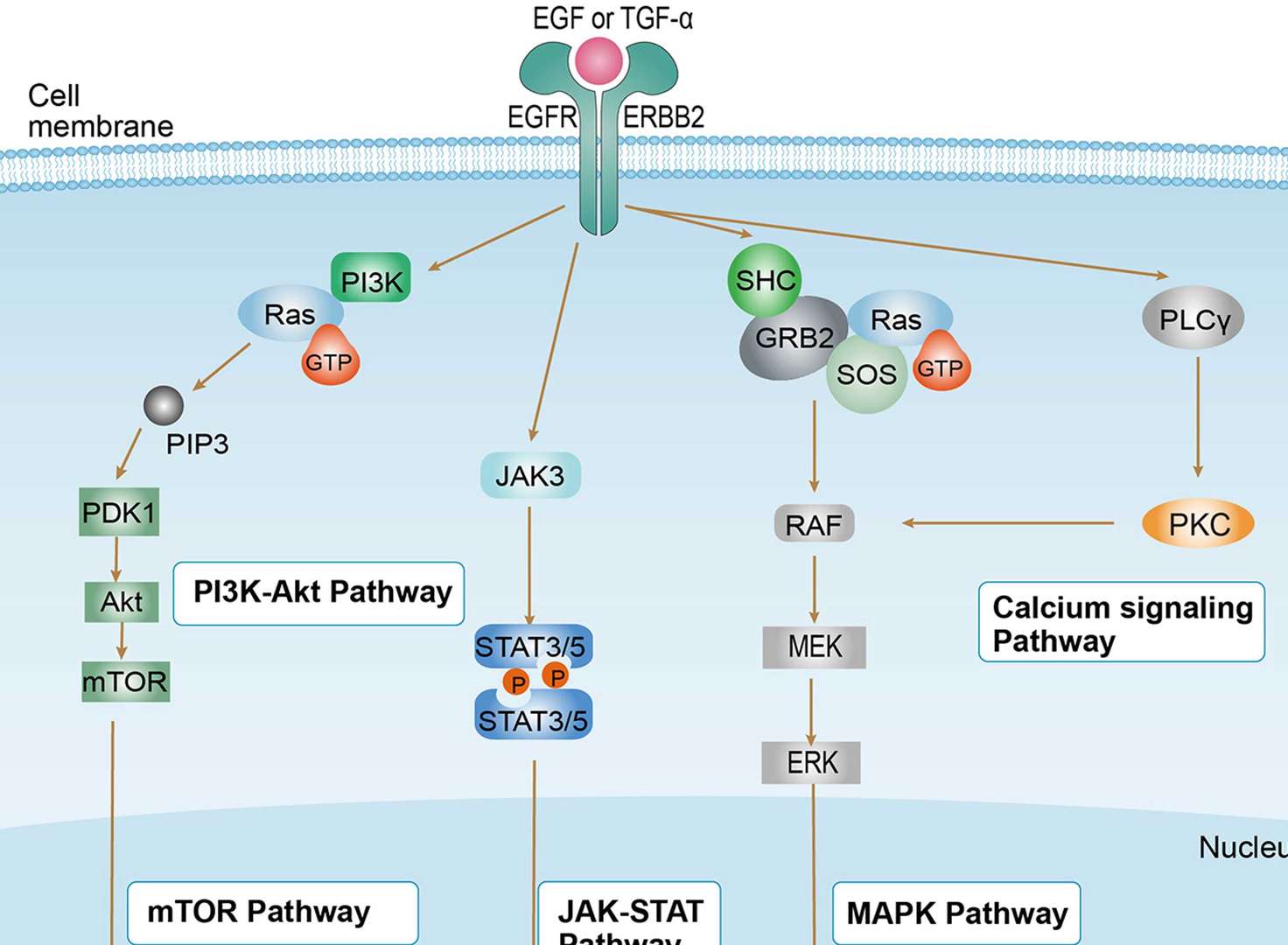 Non-small Cell Lung Cancer
Non-small Cell Lung Cancer
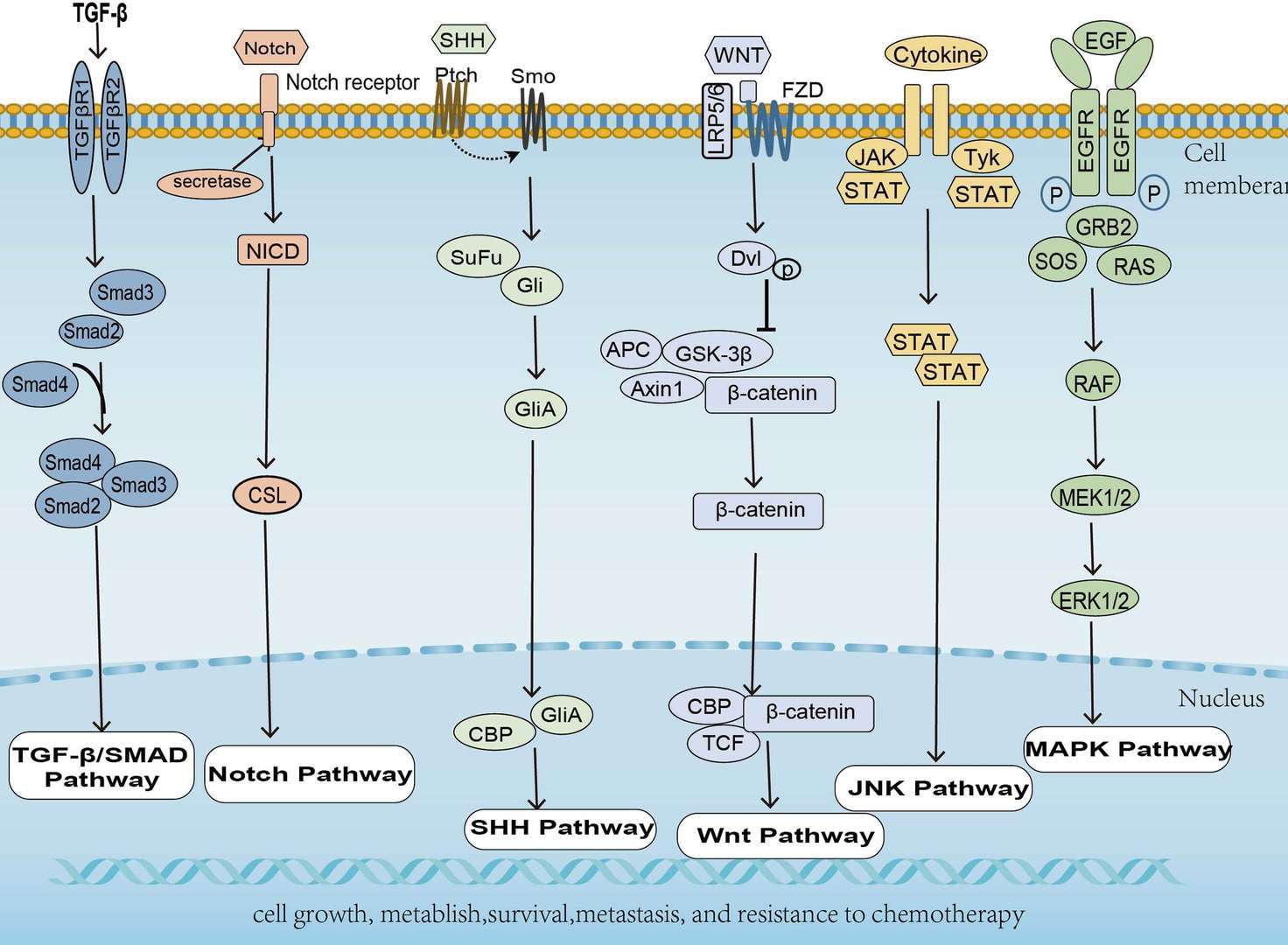 Pancreatic Cancer
Pancreatic Cancer
 Hepatocellular Carcinoma
Hepatocellular Carcinoma
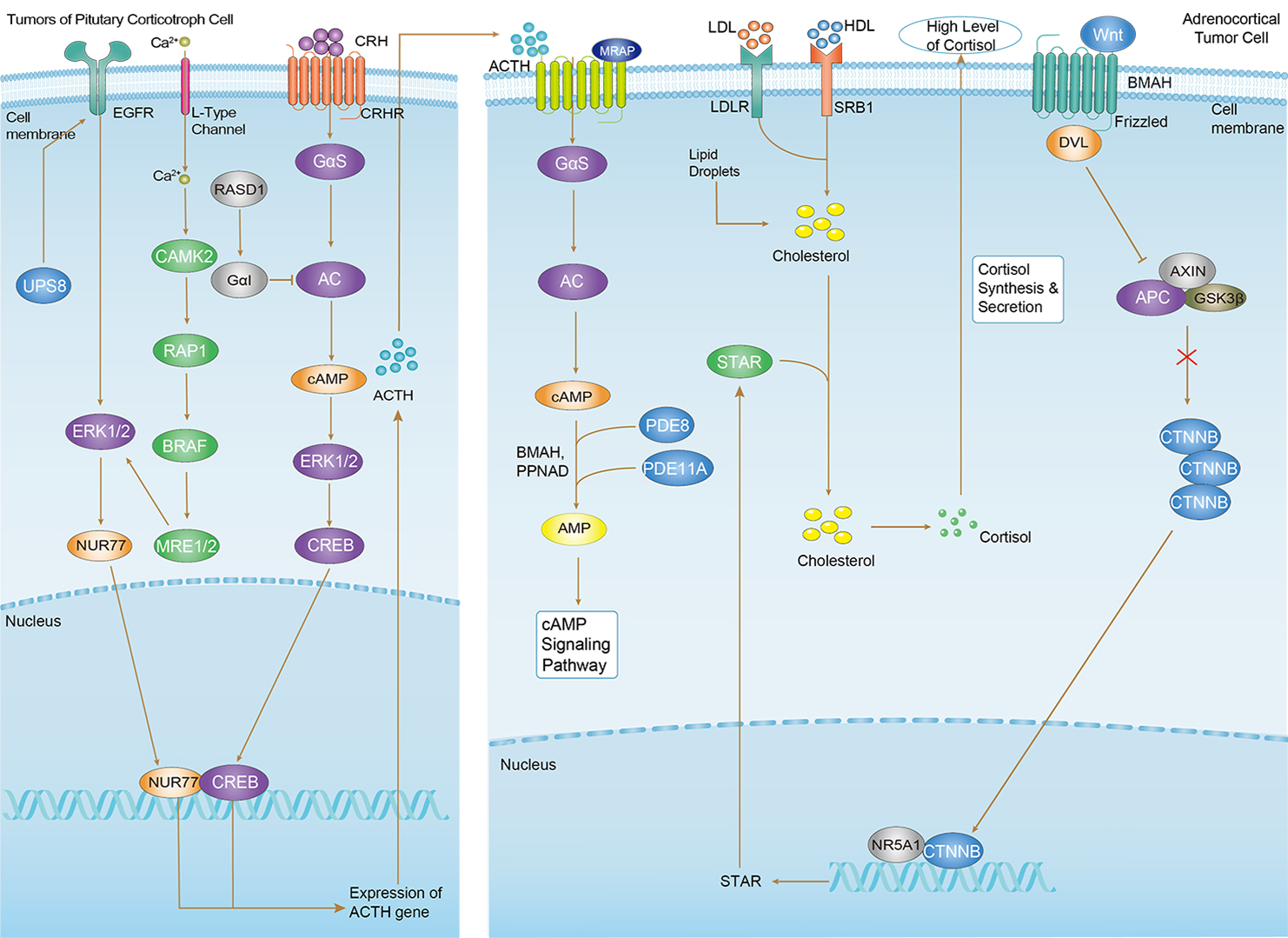 Cushing Syndrome
Cushing Syndrome
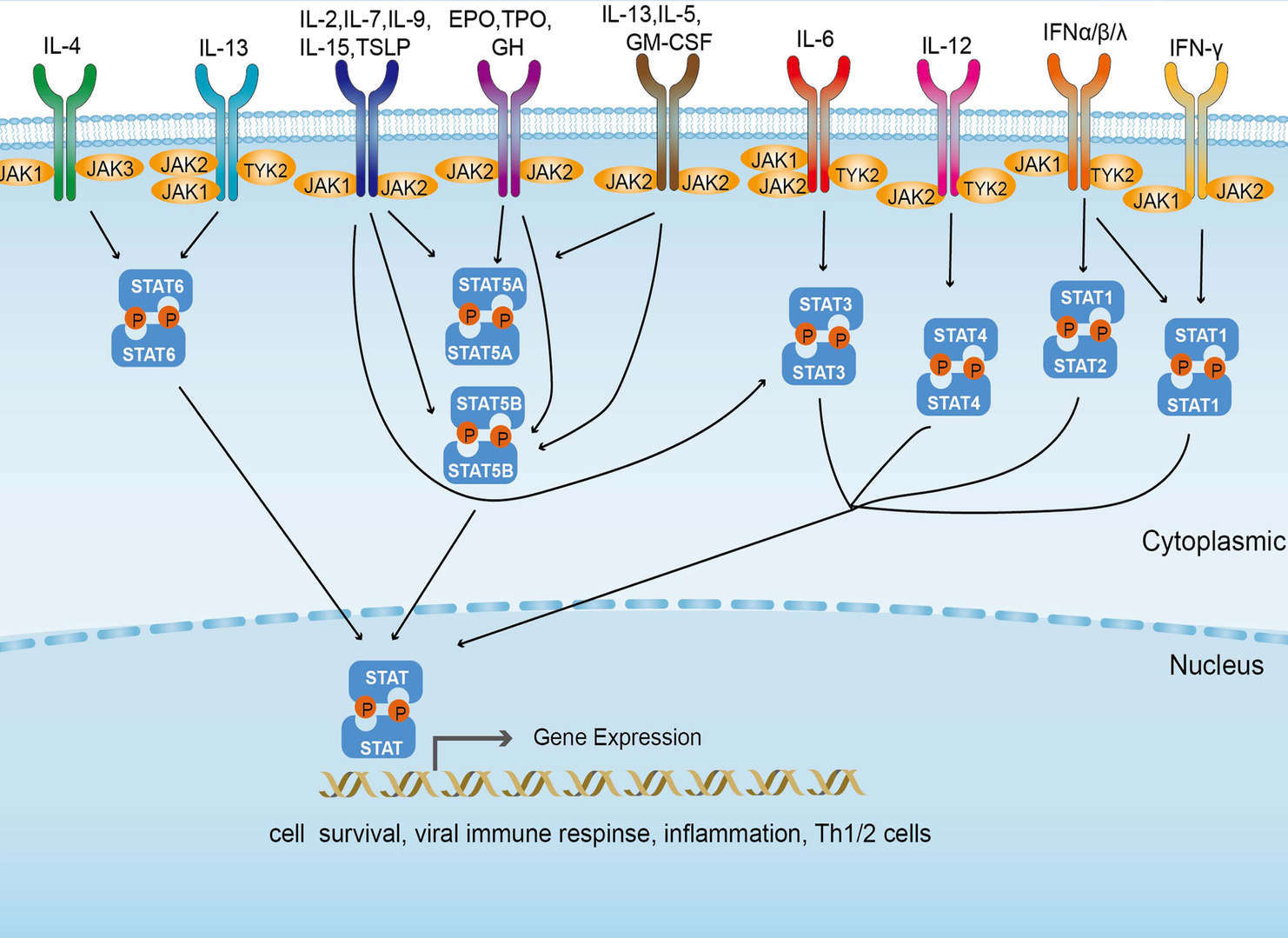 JAK-STAT Signaling Pathway
JAK-STAT Signaling Pathway
















